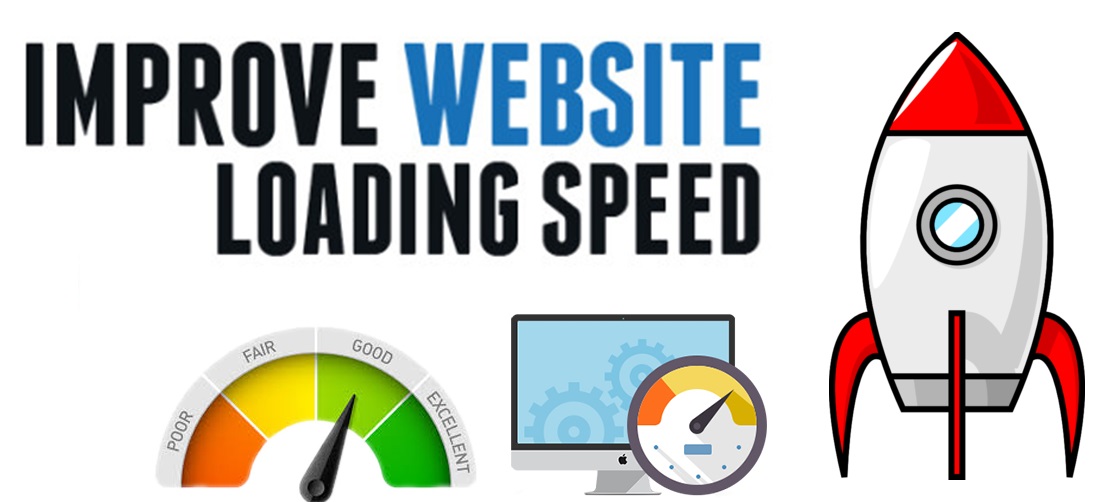Improving the Website Speed of a Media-Heavy Website
The common mindset when it comes to considering a website’s success is that owners need only worry about the type of content they want to publish. However, times have changed drastically, and so have consumers. There are now several factors that determine the success of a website. One of those is website speed.
Website speed is essentially the time in which an entire page loads after being clicked. At this age, when internet speeds are reaching new heights, consumers won’t accept websites that take more than a few seconds to load. For image or media-heavy websites, increasing movement speed is a hard task. However, with a few simple tips, load times can be reduced dramatically.
Please check also a very interesting article Web server performance benchmark for free.
Avoid Auto-Play Videos
Auto-play videos are despised by people for two reasons. The first is that it’s annoying to have a video pop up when you open a page. Another reason is that these videos hinder page loading time, as it takes a lot of resources and bandwidth to start the video. While Google and Apple cracked down on such videos last year, they are still present on some websites.
It’s best to avoid adding auto-play videos to satisfy the visitors of a website and to keep the website’s performance in top condition all at once. It’s best to give the visitors the option of watching a video instead of forcing them to watch it immediately.
Use Appropriately Sized Images
What most new website owners don’t know is that each website has its own proper dimensions for an image. For instance, there are some websites that use 900x1800px images whereas their website can only handle 300×600 images. This forces the website to load more than it can handle, thus greatly affecting the speed.
The right way to change the dimensions of an image is through the server-side of the website. Once done, those changes will be applied directly on the front-end. Understandably, some images may suffer from the smaller dimensions but visitors will prefer a lighting speed website over one with large images.
Use the Right Image Format
The most common image formats online are JPG and PNG. However, most web developers now prefer the new WebP format as it takes the best out of both JPG and PNG.
In terms of compatibility, WebP is available for Chrome and Opera users, but it isn’t technically a universal format yet. Compared to PNG, WebP offers 26% smaller file sizes without sacrificing quality. Compared to JPG, it offers 25-35% smaller file sizes on the same image quality. That means WebP images will load faster than both of these formats every time.
Optimize for Mobile
A lot of web developers also forget to optimize their website for mobile platforms. Whenever a user visits a website that’s not optimized for mobile devices, that page will begin loading a desktop version which will take more time to load.
Most web development platforms now have a feature that automatically optimizes a website for mobile use. These are great, as it takes a considerable amount of time to create a mobile version of a website. When mobile optimization happens, images are reduced drastically to accommodate the smaller screens of smartphones.
Pick the Right Media
In most cases, web developers have to make sacrifices regarding content. One of the sure ways to reduce loading speed is to simply reduce the amount of content that needs to load in a website. Website owners should carefully sift through their images and videos to see which ones aren’t exactly needed and could be removed to make way for loading speed.
It’s also important to browse through the website to see if there are any images or videos that load several times on one page. Each piece of unnecessary media removed results in better loading times even if it’s just a fraction of a second.
These tips combined will radically improve the loading speed of a website.
But why is it important?
According to recent statistics, people leave websites that take over three seconds to load. This basically means that a website loses profit if it continues to perform slowly. This is just one figure that dictates the importance of website speed. These statistics show the eye-opening figures regarding how speed affects a website’s overall performance.
Please check also interesting article: 10 of the best plugins to keep your WordPress site safe.
source: https://hostingtribunal.com/

